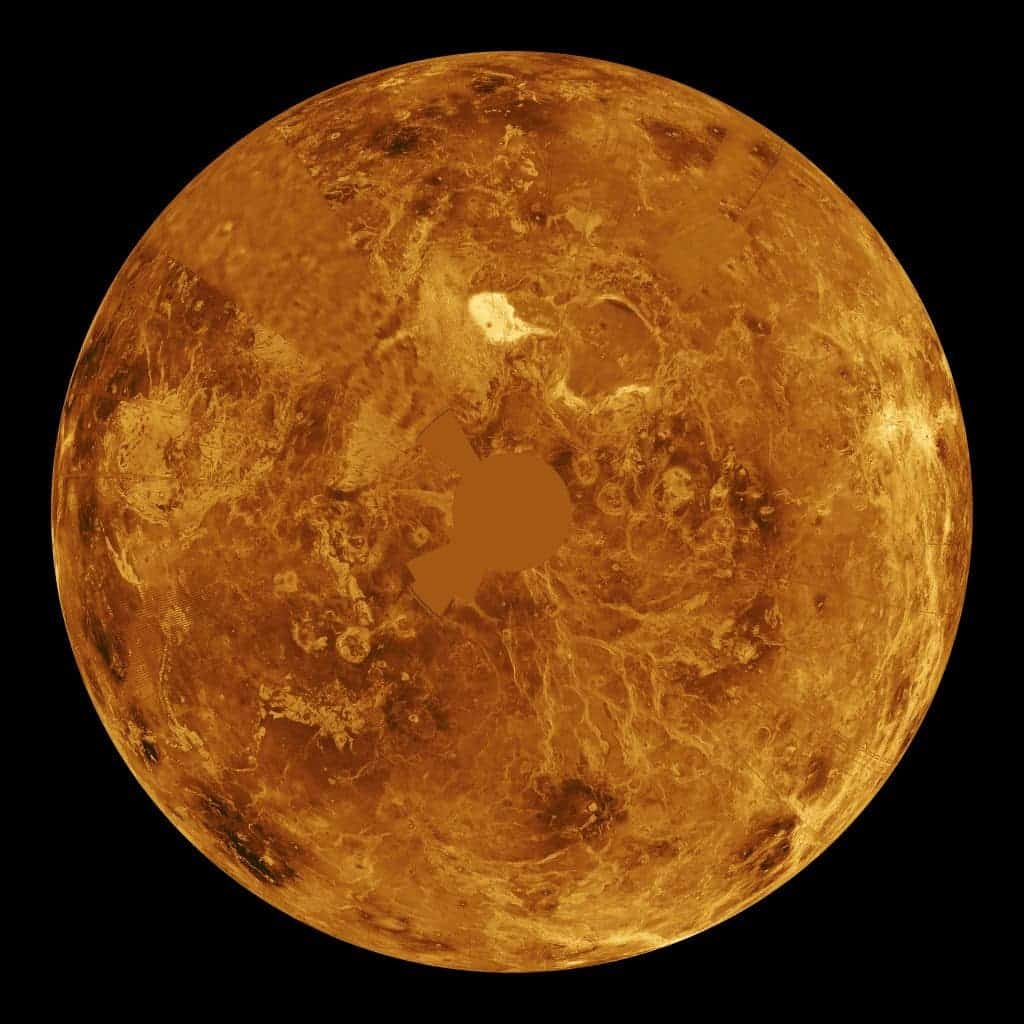What once seemed like an unlikely but enticing possibility has been all but ruled out. An international group of researchers found that the amount of water in the atmosphere of Venus is so low that even the most drought-tolerant microbes of the Earth wouldn’t be able to survive in those conditions. Essentially, life as we know it just couldn’t exist in these clouds.
The finding dismissed a study published late last year that had theorized microbes could be living in there.

The findings will come as a disappointment to some who have been following the news. Optimistic after the discovery of phosphine, a compound made of atoms of phosphorus and hydrogen that on Earth can be associated with living organisms, in Venus’ atmosphere, researchers had suggested phosphine may be produced by microorganisms living in those clouds. That doesn’t seem to be the case.
In the new study, researchers looked at measurements from probes that flew through the atmosphere of the planet and collected data about temperature, humidity, and pressure in the clouds. From these values, they calculated the so-called water activity – which is the water vapor pressure inside the individual molecules in the clouds.
“We found not only is the effective concentration of water molecules slightly below what’s needed for the most resilient microorganism on Earth, it’s more than 100 times too low. It’s almost at the bottom of the scale, and an unbridgeable distance from what life requires to be active,” John Hallsworth, co-author, told BBC News.
On Earth, microorganisms can survive and proliferate in droplets of water in the atmosphere when temperatures allow. However, the findings of this new study leave virtually a zero chance of anything living in the clouds of Venus. Without being hydrated, living systems including microorganisms can’t be active and proliferate, Hallsworth said.
Previous studies on microorganisms living in extreme conditions on Earth found that life can exist at temperatures as cold as minus 40ºC (minus 40 degrees Fahrenheit). For water activity, measured from 0 to 1, the lowest survivable value is 0.585. The water activity level found in the molecules in the Venusian clouds was a very low 0.004.
NASA astrobiologist Chris McKay, one of the co-authors of the paper, said in a news conference that the findings of the study were conclusive. “It’s not a model, it’s not an assumption,” she said. For McKay, the fleet of space missions currently being prepared for Venus won’t change anything about the hope for life on Earth’s closest neighbor.
NASA and the European Space Agency have recently approved three new missions to go visit Venus, starting at the end of this decade. A private launch company, Rocket Lab, intends to send an atmospheric entry craft as soon as 2023. NASA’s missions will do the same measurements again, likely reaching similar conclusions, McKay said.
Maybe on Jupiter?
In the study, the researchers also analyzed data from other planets too and found that the clouds of Jupiter provide sufficient water activity to theoretically support life. Water activity value sits at 0.585, which is above the threshold, while temperatures are also just about survivable, at around 40 degrees Fahrenheit, according to data from the Galileo probe.
McKay said there’s “at least” a layer in the clouds of Jupiter where the water requirements aren’t met. Still, high levels of ultraviolet radiation or lack of nutrients, could prevent potential life from thriving, she added. Completely new measurements will be necessary in the future to find out whether life could thrive there or not.
The study was published in the journal Nature.


